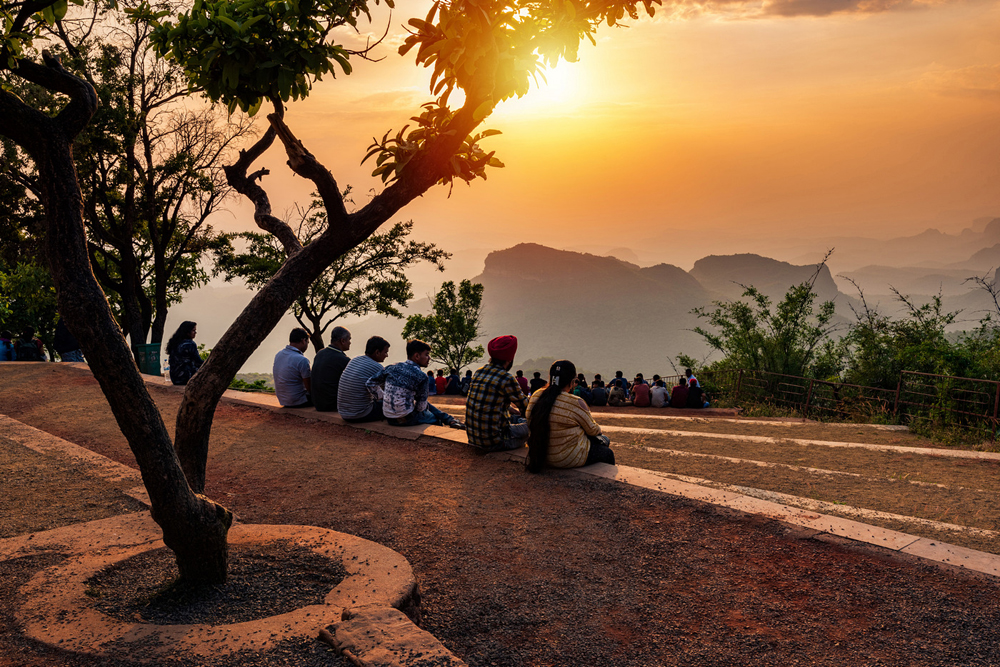

Located in the heart of India, Madhya Pradesh is a treasure trove of natural beauty and wildlife. Among its numerous attractions, the Dhoopgarh peak and the Satpura National Park stand out as prime destinations for nature lovers and adventure enthusiasts alike. The history of tourism in this region is as enchanting as its landscape, dating back to a time when royalty found solace in the dense forests and rugged terrain of the Satpura Range.
Tourism in the Satpura National Park area began in the early 20th century when it was established in 1981. However, its history as a place of interest stretches back further. The region was once the hunting ground of the Pachmarhi Gond king Bhawut Singh, and later, during British rule, it became a popular summer retreat owing to its cooler climates and scenic beauty.
Over the years, Dhoopgarh, which is the highest peak in the Satpura Range, has gained prominence as an unmissable viewpoint, particularly for its breath-taking sunrises and sunsets. The name Dhoopgarh, meaning 'Sunlight Peak', evokes the celestial display of colors that adorn the sky from its summit.
Initially, access to Dhoopgarh was limited due to its remote location and rugged terrain. However, with the increasing popularity of Satpura National Park, infrastructure improvements have made it more accessible to tourists.
In recent times, there has been a significant shift towards sustainable tourism, with tourists showing greater interest in preserving the natural and cultural heritage of destinations. Satpura National Park, inclusive of the Dhoopgarh peak, is no exception. Efforts have been made to promote ecotourism that ensures minimal environmental impact while providing an immersive experience to visitors.
Adventurous activities such as jungle safaris, trekking, rock climbing, and camping are increasingly popular, appealing to the growing market of travelers seeking offbeat and experiential journeys. The park authorities have worked diligently to provide these experiences while instilling a sense of conservation among tourists.
One of the more recent trends is the concept of wildlife photography tours, where professionals and enthusiasts alike can capture the raw beauty of Satpura's flora and fauna. With the region's diverse wildlife, including leopards, bears, and numerous bird species, photography tours have been warmly embraced.
Moreover, the introduction of luxury resorts and eco-friendly lodges near the park has attracted a segment of travelers looking for comfort within the wilderness.
In summary, Dhoopgarh and Satpura National Park's history of tourism has evolved from royal hunting grounds to sought-after destinations for those seeking to connect with nature. As tourism trends move towards sustainability and adventure, both Dhoopgarh and the park continue to captivate visitors from across the globe, promising an experience that is both thrilling and ecologically responsible.
Whether you're gazing at the sunset from Dhoopgarh peak or exploring the untamed wilderness of Satpura National Park, you're engaging with a piece of India's rich natural history and contributing to its future as a leading destination for responsible tourism.